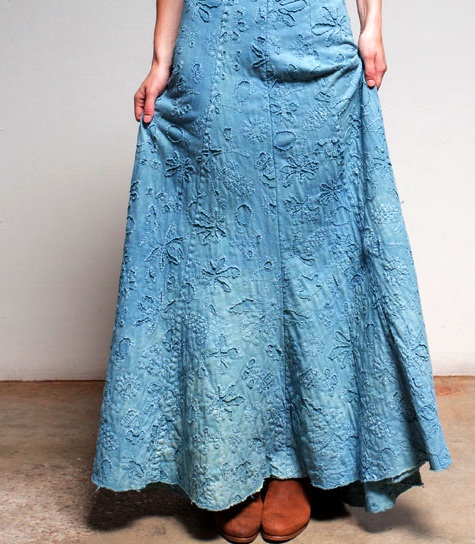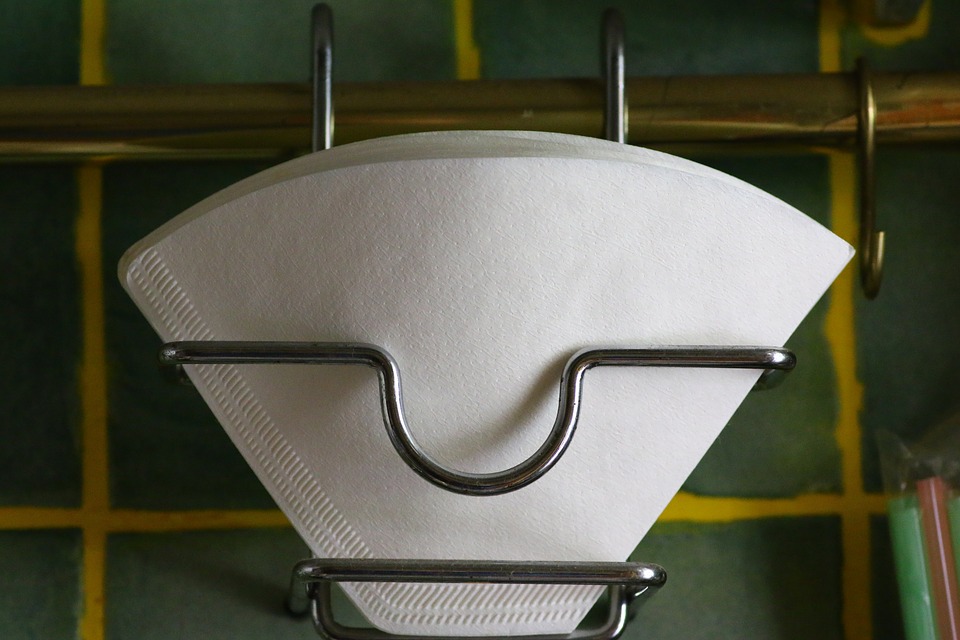
This week: What kits are good for dyeing vintage linens and can mordanting cause streaking if not done properly?
Image: Alabama Chanin
Each week, we are emailed with questions from our natural dye community asking simple and complex questions that we thought might be worth sharing. Here are a handful from this week answered by natural dyer in chief, Kathy Hattori, Founder of Botanical Colors:
I am new to natural dyes….so please bear with me. I would like to order a few of your beginner kits. I am interested in dying vintage linens as well as wool and cotton jersey. I am also very much interested in doing the reverse appliqué Alabama Chanin skirt using your fibers. I am also a hand quilter and I am working on Big Stitch quilting and shibori interests me. Can you tell me what kits to order?
Thanks for emailing and it sounds as if there are lots of great projects going on that would be perfect for natural dyes. I would recommend that you start with the Natural Dye Extract Kit and/or the Raw Natural Dyestuffs Kit. Both of these will provide a lot of options for you to experiment. The extract kit may be used for fabric immersion dyeing, printing or painting and the raw materials will allow you to create the dyes from raw dyestuffs and immersion dye or eco-print.
The only caveat is that the Saxon Blue in the Natural Dye Extract kit will only dye wool and silk, not cotton or linen.
If you are an indigo fanatic, then the Indigo Shibori Kit is a great way to start. You can either use it as an immersion dye or make shibori patterns, which would be pretty amazing as the bottom layer of an Alabama Chanin skirt.
I keep dyeing with madder and getting marks and unevenness on my fabrics-advice?
It could be your mordanting, but it could also be from heating the fabric too quickly. Madder likes to make a blot if it’s sitting on the bottom of the dye pot and even gets a whisper of heat so it needs constant rotation and I like to let it soak in the dyepot first, with no heat, for about 10 minutes, rotating it so it gets saturated with color. Then I raise the heat gradually until it’s about 125-130F. After that, it seems less vulnerable to spotting and making marks.
If, during mordanting the fabric floated and made a bubble, that could also cause a mark similar to what you see.
If these marks are making you crazy, you can try filtering the madder extract prior to adding it to the dyepot and see if that helps with the unevenness. I use a doubled cheesecloth; others use a coffee filter.

